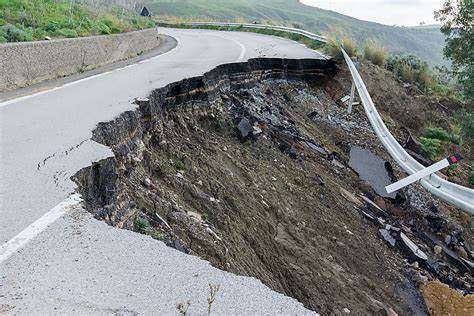This year has been marked by a series of devastating landslides across the globe, including significant incidents in Yunnan, China, in January; Papua New Guinea in May, which resulted in over 2,000 fatalities; and Sulawesi Island in Indonesia in July. Although landslides may not be as widely recognized as droughts, storms, and floods in terms of devastation, they still cause severe loss of life and property. With climate change intensifying, landslides are becoming more frequent, yet they receive less attention due to their localized nature.
Recent research from IIT Madras, which has created a detailed India Landslide Susceptibility Map (ILSM) using advanced machine learning techniques, highlights that India is responsible for about 8% of the world’s landslide fatalities. Between 2001 and 2021, landslides in India caused 847 deaths and displaced many more. Despite this, landslides only gained significant attention after the catastrophic Kedarnath landslide and floods in 2013. The ILSM reveals that 13.17% of India’s land is susceptible to landslides, with 4.75% categorized as ‘very highly susceptible’, which is higher than previously estimated.
The map indicates that Sikkim is the most landslide-prone state, with 57.6% of its land area at risk. Outside the Himalayan region, Kerala stands out as highly vulnerable, with over 14% of its land classified as ‘very high susceptibility’. The Eastern Ghats, particularly around Odisha, also show significant susceptibility, a detail overlooked in earlier studies. Arunachal Pradesh, with a massive susceptible area of 31,845 sq km, has been identified as particularly at risk, partly due to limited previous data.
In Kerala, a key factor contributing to the landslides is changes in agricultural practices. Large native trees, which previously anchored the topsoil, are being replaced by plantation crops like tea and coffee with shallower roots. This change has exacerbated landslide risks. Research by S. Abhilash and his team at Cochin University of Science and Technology has identified that heavy rainfall patterns, particularly after 2019’s landslide in Puthumala, are becoming increasingly common. This intense rainfall, often characterized by prolonged periods of significant precipitation, has set the stage for landslides in regions like Wayanad, where recent extreme rainfall events have triggered soil saturation and landslides.

